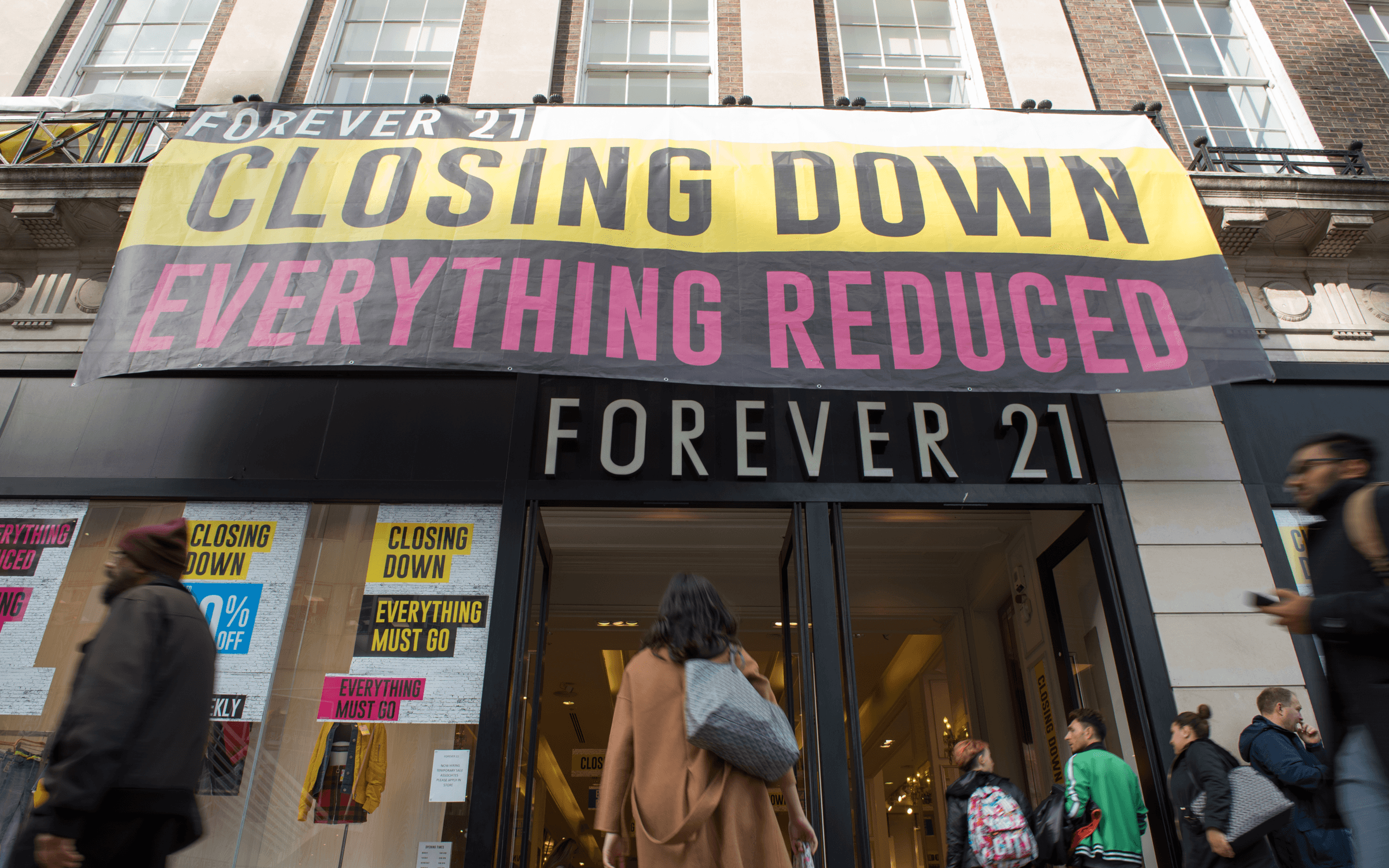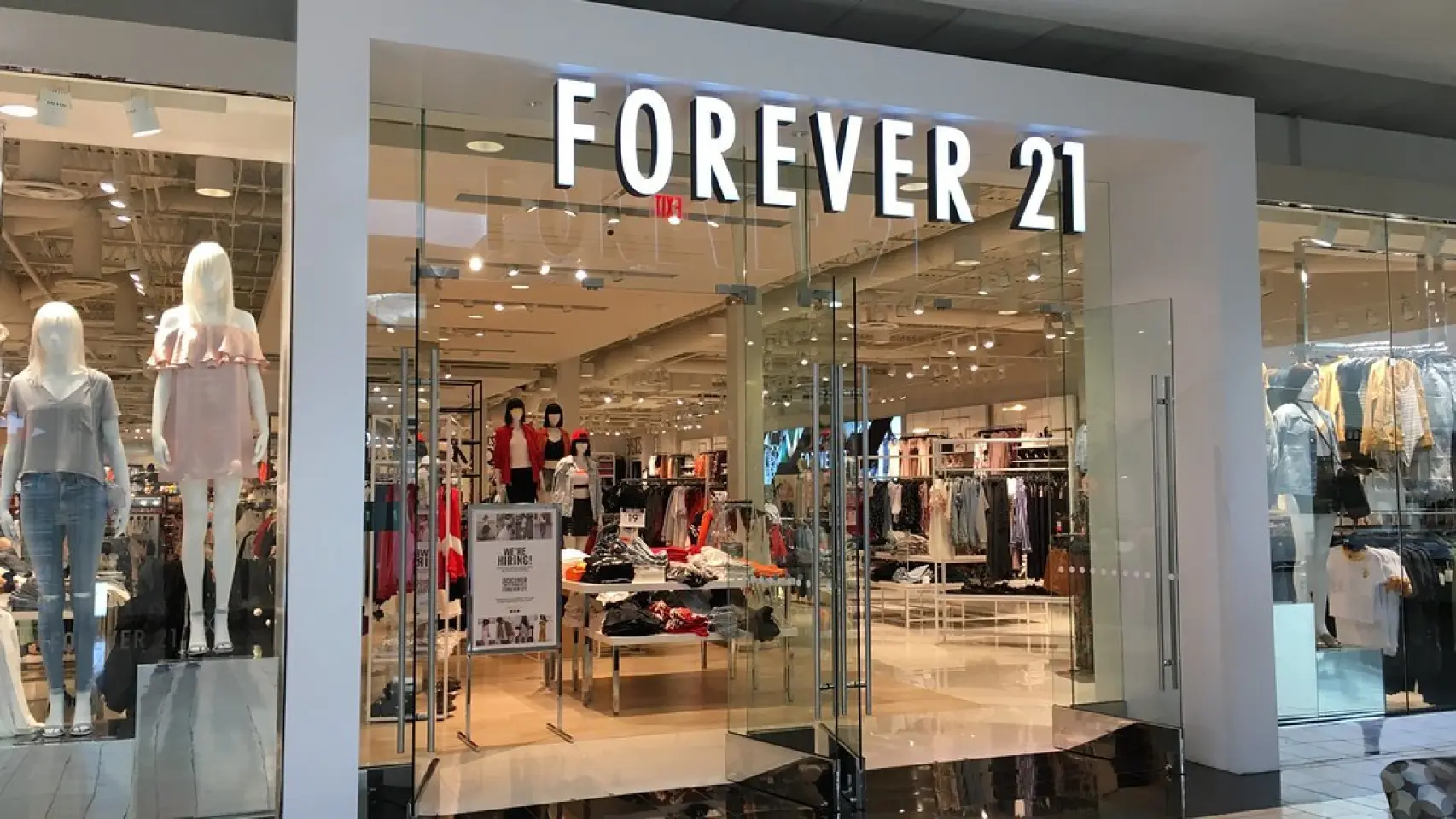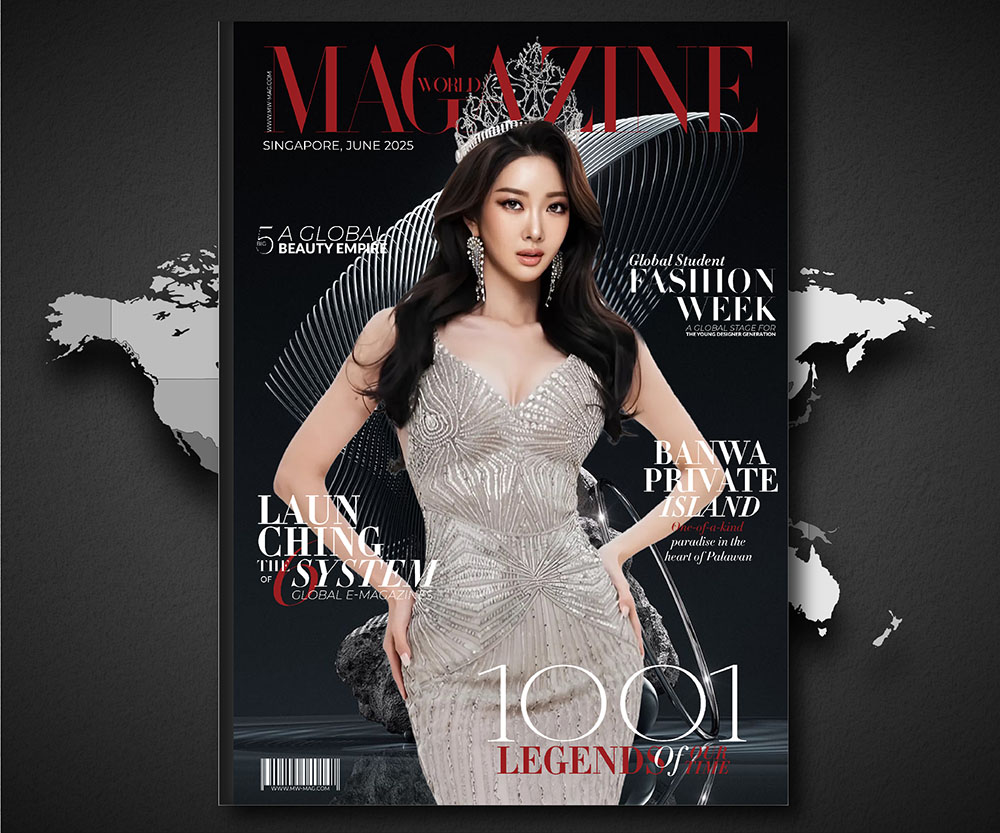For an entire generation of teenagers, Forever 21 wasn’t just a store—it was a rite of passage. From its towering mall locations to its racks of trend-driven clothes under fluorescent lights, the fast fashion giant offered young shoppers something beyond affordability: a sense of agency, aspiration, and personal discovery. Now, as the brand files for bankruptcy and shutters all U.S. stores, what remains is a complicated mix of nostalgia, loss, and reckoning with the culture it helped create—and the era it defined.
A first taste of fashion freedom
Every fashion lover remembers their first style awakening—that spark of discovery when clothes begin to mean something more. For many, that moment happened inside the sprawling, multi-level chaos of a Forever 21 store. For one fashion editor, it began at age 11, on a family trip to Las Vegas in 2011. Avril Lavigne’s “What the Hell” played on the radio, and the Las Vegas Fashion Show Mall shimmered like a neon dream. Among its many retail giants stood a then-unknown name: Forever 21.

Coming from Canada, it was her first encounter with the brand—and it was transformative. Unlike the sameness of logo-laden clothing popular at school, Forever 21 offered an explosion of choice. There was no one uniform to buy into. You picked what called to you, what matched your mood. The concept of individuality didn’t just hang on the racks—it was woven into the store’s ethos, right down to its name. What could feel more aspirational to a sixth grader than being forever 21, confident and cool?
Fast fashion’s mall-era monarch
Forever 21’s success wasn’t accidental. Founded in 1984 by South Korean immigrants, the brand became one of the earliest architects of fast fashion as we know it. By the 2010s, it had mastered the art of trend replication at rapid speed and low cost, turning mall visits into treasure hunts for affordable, up-to-the-minute fashion. At its peak in 2014, Forever 21 generated $4 billion in annual revenue and operated over 200 stores, many exceeding 35,000 square feet in size.

It became a fixture in the lives of budget-conscious teenagers. For the fashion editor, the store’s massive Eaton Centre location in Toronto became a go-to for last-minute outfits, casual hangouts, or simply an excuse to wander. It wasn’t just about shopping—it was about existing in a space where style felt democratic and accessible. Forever 21 thrived in an era where malls were more than commercial centers; they were vital social spaces, buzzing with possibility and proximity.
The fall of a retail giant in a digital age
But Forever 21’s dominance wasn’t built to last. As mall culture began to fade and digital spaces took over, the brand struggled to evolve. It wasn’t agile enough to compete with online fast fashion juggernauts like Shein, whose infinite scroll and ultra-low prices quickly lured away its core demographic. By the time Forever 21 attempted a 2023 collaboration with Shein, the battle was already lost.

In 2025, the brand filed for bankruptcy for the second time in six years, announcing the closure of all its U.S. locations. Its Canadian stores had already shut down in 2019. For those who once grew up in its changing rooms, this marked more than just the end of a retail chapter—it was the symbolic death of an entire retail experience. And yet, its fall doesn’t mark the end of fast fashion. On the contrary, its model has merely shifted online, where ethical transparency is even harder to trace.
Nostalgia, contradiction, and quiet grief
There’s a strange sadness in saying goodbye to a store you no longer shop at. Like many others, the editor who once found her style in Forever 21 has since moved on—toward more sustainable shopping, local designers, and mindful consumption. And yet, news of the closure still stung. Her father even texted with a note of shared nostalgia: “I feel like even I have an emotional attachment to that store because you guys loved it so much.”

For all its flaws—its wasteful production model, its endless turnover of trends—Forever 21 was formative. It gave space for self-expression at an age when identity is just beginning to take shape. It let millions of kids feel stylish, independent, and grown-up for the very first time. That magic doesn’t vanish easily. And now, with its bright yellow bags gone from malls, there’s a quiet mourning not just for a brand, but for the future 11-year-olds who won’t get to have that first electric moment of fashion freedom in aisle three.





